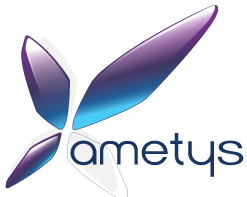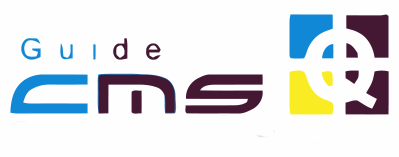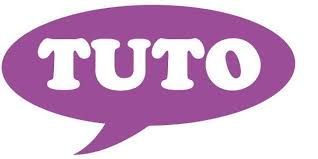
Technical Description of Ametys CMS
📅 Release Date
Ametys was initially developed in 2002 and released as an open-source project in 2007.
📝 License
Ametys is distributed under the Apache 2.0 license, allowing free use and modification of the software.
💻 Programming Language
The CMS is entirely developed in Java, ensuring cross-platform compatibility.
🏛️ Architecture
Ametys consists of three main applications:
- Back-Office (cms): A web application deployed on an Apache Tomcat application server, used by contributors to modify content.
- Front-Office (site): A web application also deployed on Apache Tomcat, accessible to visitors for browsing websites. It manages a cache of resources requested by users.
- Indexing and Search (solr): An application based on Apache Solr, running independently and used in the background by the back-office for content indexing and search.
📂 Database Support
Ametys uses multiple data sources:
- JCR (Java Content Repository): Stores main data such as site structure, pages, content, and resources.
- SQL: Stores secondary data such as user populations, groups, profiles, and a portion of permissions. Supported databases include MySQL and Oracle.
⚙️ Main Features
✅ Multi-site and multilingual support: Enables the creation and management of multiple sites with different languages in a single interface.
✅ WYSIWYG editor: Simplifies content creation and management without requiring technical skills.
✅ Integrated document management: Advanced features for importing, exporting, and managing files and folders.
✅ LDAP integration: Supports user authentication via LDAP directories.
🔥 Advanced Features
✅ Blog and wiki management: Facilitates the creation of blogs with dedicated display and content types.
✅Newsletter management: Allows users to create and manage newsletters.
✅ Online forms: Provides tools to create rich and comprehensive forms with request management workflows.
✅Mapping and geolocation: Integrates customizable maps based on Google Maps and geolocation features for content.
🔐 Security
Ametys offers robust authentication and access control mechanisms, allowing precise management of user permissions. Authentication can be integrated with SSO, LDAP, or database systems, providing flexibility tailored to organizational needs.
✅ Pros and Cons
✅ Pros
✔️ User-friendly interface: Easy to use for contributors without technical expertise.
✔️ Modular architecture: Ensures extensibility and easy integration with other systems.
✔️ Active community: A strong developer and user community contributes to continuous improvement.
❌ Cons
❌ Installation complexity: Requires technical skills due to its architecture based on multiple applications and databases.
❌ Learning curve: While the interface is intuitive, some advanced features may require training for optimal use.
Official Website:
For more information, visit the official Ametys website: https://www.ametys.org



